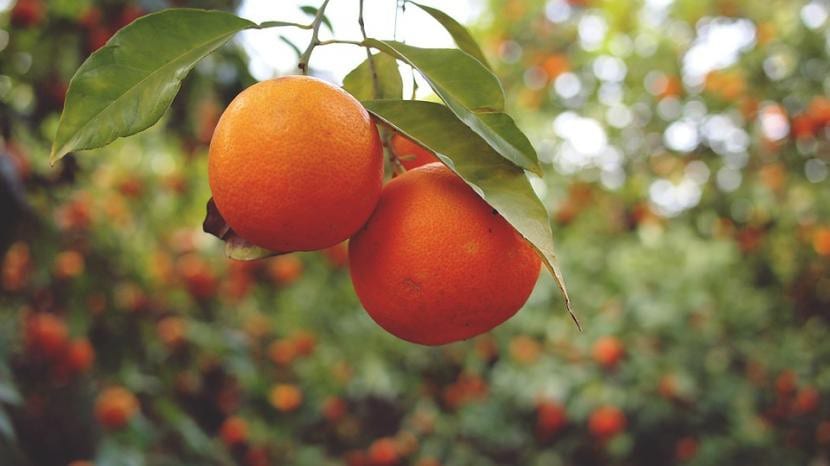

The sadness virus It is one of the worst diseases that fruit trees can have, specifically orange, mandarin and polemos trees that have been grafted onto bitter orange trees.
It works very quickly; so much so that it can end the life of the plant in just three weeks. Unfortunately there is no cure for the disease, so we are going to tell you what the symptoms are and how can it be prevented.


Image – Ytpo.net
The sadness virus is caused by a virus of the genus Clostoravirus, of which we attach an image seen through a microscope. This virus it is transmitted mainly by aphids that, by feeding on tree sap, Clostoravirus comes into contact with the plant. At that point, it begins to reproduce very quickly.
Symptom
The symptoms are very varied and can be confused with those of other diseases or pest problems, so the diagnosis it must be confirmed in the laboratory doing the ELISA test. Still, the main ones are:
- Fruits Smaller and numerous.
- The trees bloom exaggeratedly and out of season.
- Leaves lose shine.
- Chlorosissimilar to those they have when they lack a nutrient.
- Decline general of the plant.
- Loss of leavesto the point that you run out of them.
If it is finally confirmed that your tree has the sadness virus, there is no choice but to rip it out and burn it to prevent the virus from spreading.


Image – Agenciasinc.es
Prevention
Although it is a lethal disease for citrus, it can be prevented very easily. To do this, we will use the varieties image troyer, Poncirus trifoliata, Citrange carrizo o Mandarin Cleopatra as a pattern. In no case should the bitter orange tree be used for that purpose.
In addition, it is also very important to acquire the plants in licensed nurseriesin which you can buy healthy citrus fruits, free of viruses.
Have you heard of the sadness virus?
